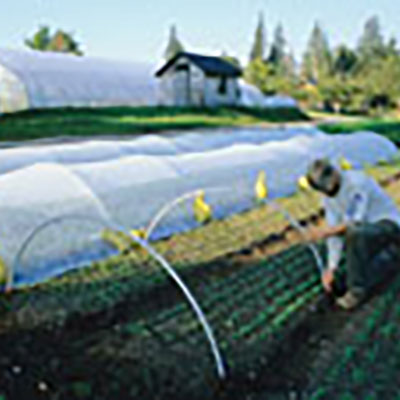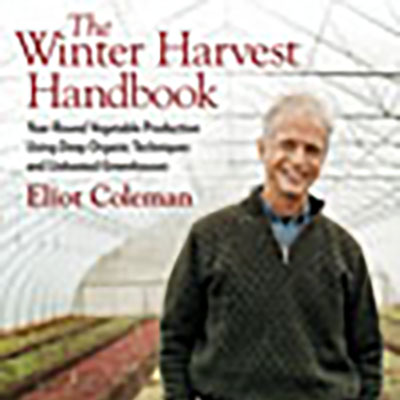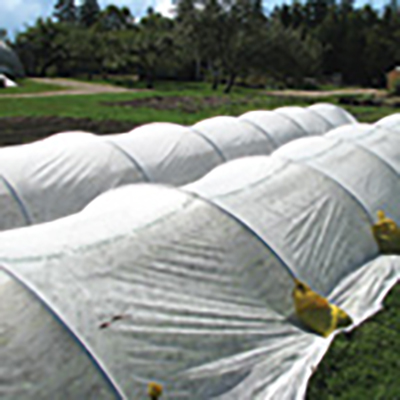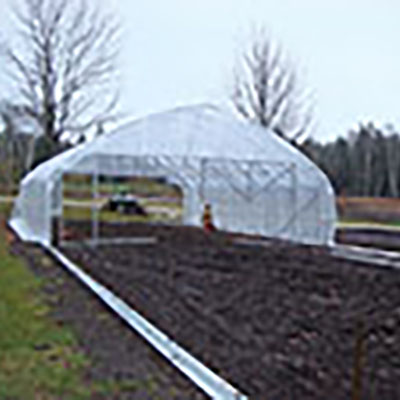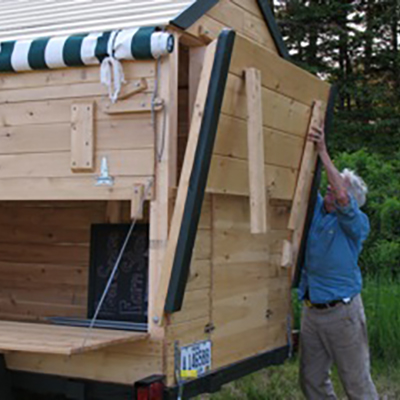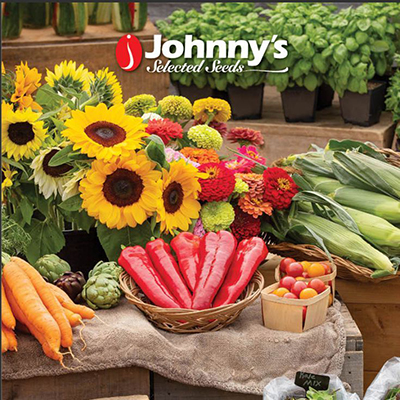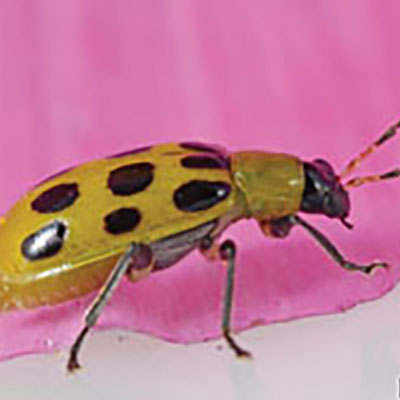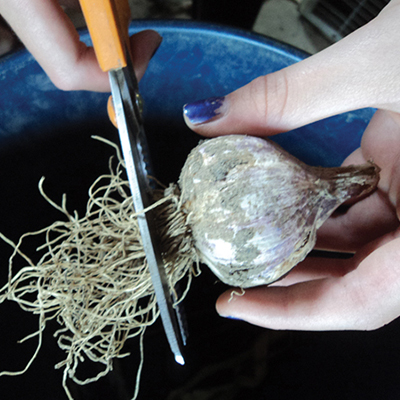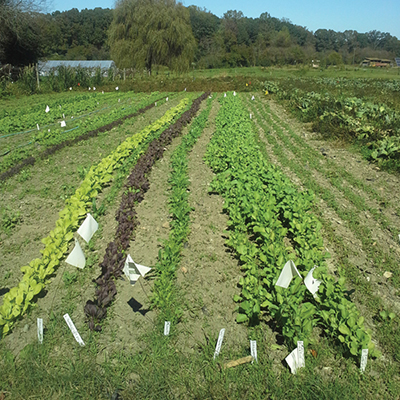Growing for Market in partnership with Johnny's Selected Seeds has created a library of expert information about growing and selling vegetables and flowers. Links in the article will take you to johnnyseeds.com.
Subscribe to Growing for Market for more great ideas about growing and marketing!
For more topics in the series, click on Market Farming Basics in the left column.

![]()
Overwintering crops
With the proliferation of hoophouses and low tunnels on farms, many growers are trying a new strategy to extend theseason: planting seeds in fall to get the earliest possible harvest in spring. Southern growers and others with mild winters routinely use this strategy with many cool-weather vegetables. In the North, Quick HoopsTM with row cover and greenhouse poly moderate the cold and allow for successful overwintering. Spinach is often produced by fall seeding, resulting in harvest a month before spring-seeded crops. Many other crops are good candidates for overwintering, though there are few definite guidelines yet, especially given the wide variations in temperatures that are possible from one location to another. Here are some results of other growers’ trials that may help inform your own efforts to get extra-early spring veggies.
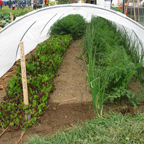
At Johnny’s Research Farm in Albion, Maine, we conducted overwintering trials under Quick Hoopstm last year. Spinach was direct seeded in early October; it germinated but stayed dormant until March and was ready for harvest around April 1. The flavor was remarkably sweet. Mache was direct seeded and it grew very well during the fall but bolted quickly when the weather started to warm up. This crop should be harvested either during the winter or very quickly in spring. Lettuce was seeded in mid September and transplanted to the Quick Hoops in mid October. Heads were harvested the beginning of April and, again, the flavor was good with no bitterness.
Eliot Coleman writes in his book The Winter Harvest Handbook about his ongoing experiments with seeding or planting in fall in Quick Hoops. Spinach and lettuce direct seeded or transplanted in fall are ready a month earlier than spring transplanted lettuce. Overwintering scallions are ready five weeks ahead of spring-planted scallions. In considering other crops to overwinter, Coleman writes “we are just beginning to tease out the possibilities.” Arugula, beets, carrots, and peas will germinate in February or March in the hoophouse, so why not in the field in Quick Hoops? He intends to continue to trial crops and varieties to find the best timing for fall seeding or transplanting.
Pam Dawling of Twin Oaks Community in Louisa, Virginia (Zone 7), writes in the September issue of Growing for Market about her extensive experience with winter production in the hoophouse and the field. She divides her fall-planted crops into three categories: those that grow quickly and can be harvested before winter; those that can be harvested all winter; and those that go dormant in winter but resume growth in spring for early harvest.
• Subscribe to Growing for Market for the latest news and ideas.
Reprinted from JSS Advantage October 2010
